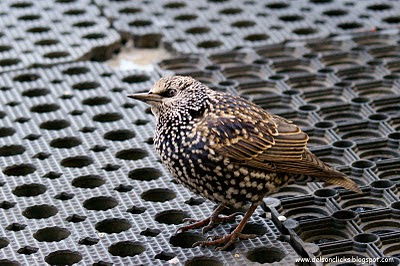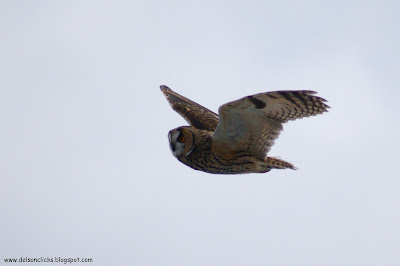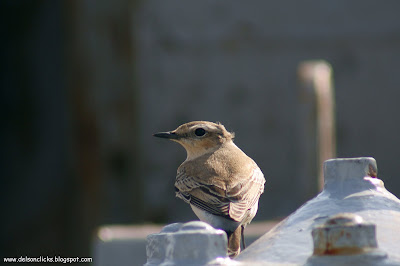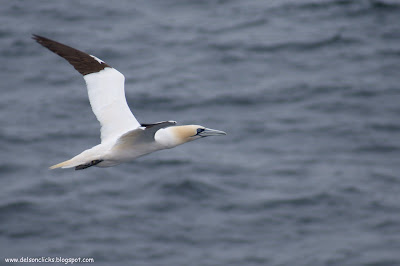


 This common Starling (Sturnus vulgaris) was so busy foraging that it absolutely did not notice me, clicking its photographs. This Starling is a very rare bird in India and my eyes lit up when I saw him. Starlings are very common in temperate countries, especially in Europe. I loved the lustrous metallic coat of the bird. The bird was walking on rubber matting and was picking up insects from deep within the crevices of the mat.I was completely low down on the ground to get the required vantage point and this posture is probably the reason why this bird didn't mind my presence.
This common Starling (Sturnus vulgaris) was so busy foraging that it absolutely did not notice me, clicking its photographs. This Starling is a very rare bird in India and my eyes lit up when I saw him. Starlings are very common in temperate countries, especially in Europe. I loved the lustrous metallic coat of the bird. The bird was walking on rubber matting and was picking up insects from deep within the crevices of the mat.I was completely low down on the ground to get the required vantage point and this posture is probably the reason why this bird didn't mind my presence.P.S.These days I am preparing for my Captain's exams, which will be held in the month of March and April. Hence sorry for the irregular updates.




























